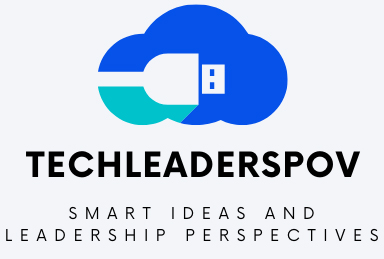Choosing the Right AI-Powered Tool: A Comparative Analysis of Image Generation Solutions
Artificial intelligence is providing a suite of novel capabilities that empower organizations to revolutionize their operations. One standout area is generative AI, a technology embraced by a large majority of companies, as noted in a recent KPMG survey.
Generative AI allows businesses to generate unique content, including text, audio, and notably, images. AI-based image generation is proving to be a significant game-changer across industries, including marketing, entertainment, healthcare, and retail.
A suite of tools powered by generative AI now exists, enabling businesses to generate images from text prompts. These tools provide significant value, allowing for the quick and cost-effective creation of digital assets, personalized content at scale, and unique design possibilities. Here’s a comparative analysis of a few key tools.
Adobe Firefly is a comprehensive AI-based image generation tool that distinguishes itself through its extensive image manipulation features. It can generate images from text descriptions, apply textures or styles, and even edit images based on text prompts. Its respect for artists’ ownership rights could be appealing for businesses concerned with copyright infringement.
Bing Image Creator leverages OpenAI’s DALL-E, providing a user-friendly interface and unique features like “boosts” to speed up image generation. Its limitation on creating images of public figures might limit its use for some industries, but it’s an excellent tool for abstract concepts and creative designs.
While primarily a photo-editing app, Lensa offers an intriguing AI capability: the creation of ‘magic avatars.’ This offers a novel approach to profile picture generation, making it a suitable tool for content creators or social media marketers looking for innovative visuals.
DreamStudio stands out in the image generation landscape by permitting the creation of public figures in generated images. This makes it a compelling tool for industries requiring celebrity or influencer presence. However, ongoing legal disputes over copyright issues might make it a riskier option for some businesses.
As one of the pioneering tools in AI-powered image generation, OpenAI’s DALL-E offers a blend of simplicity and creative possibilities. While it may not be the most advanced tool, its ability to generate images from abstract text prompts like “a chair shaped like an avocado” can provide surprising and innovative results.
The selection of an image generation tool will largely depend on the specific needs of the business. As the adoption and development of generative AI continue, these tools are bound to evolve, offering an even more diverse range of capabilities for businesses to leverage. As KPMG’s survey highlights, generative AI has a bright future, set to spark a surge in innovation and the emergence of new business models.
Continue Reading…
- Tech CEO Hearing Puts Focus on Kids Safety Bill
- High Costs of AI Keeps Humans at Work, say MIT
- CES 2024: AI in Focus
- VCs Fuel Mining Startups Amid Electric Vehicle Surge
- Redefining ESG Investing with Physis Investment
